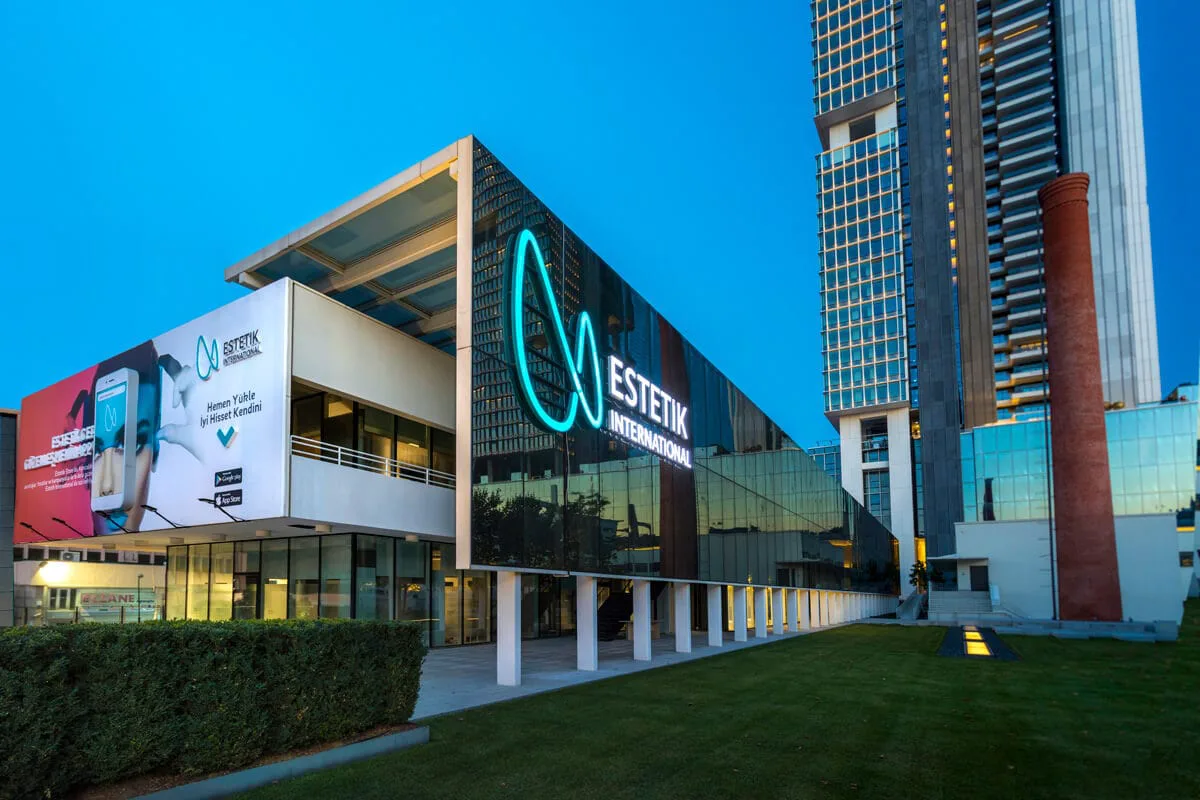Eine hochmoderne medizinische Behandlung, die BMC-Therapie, hat aufgrund ihrer Aussichten, weitreichende Veränderungen im Gesundheitswesen zu bewirken, an Aufmerksamkeit gewonnen. Indem sie die Kraft der Behandlung mit Stammzellen (SC) nutzt, bietet sie einen neuartigen Ansatz zur Behandlung einer Reihe von Krankheiten. In diesem Artikel werden wir die komplizierte Welt der BMC-Therapie erforschen, ihre Mechanismen untersuchen und ihre Wirksamkeit bei der Behandlung verschiedener medizinischer Probleme diskutieren.
Was ist BMC?
Zunächst einmal müssen wir das Konzept von BMC verstehen. BMC ist eine Lösung, die eine reiche Ansammlung von SC und anderen nützlichen zellulären Elementen darstellt. BMC, das durch einen praktisch nicht invasiven Eingriff (z. B. Markzellution) gewonnen wird, ist ein wirksames biologisches Material mit mononukleären Zellen aus dem Knochenmark, die eine wichtige Rolle bei den Heilungsprozessen in unserem Körper spielen.
Überblick über die Therapie
Diese therapeutische Methode macht sich die Erneuerungsfähigkeit von SC zunutze. Diese bemerkenswerten Zellen (mononukleäre Zellen aus dem Knochenmark) besitzen die einzigartige Fähigkeit, sich in verschiedene Zelltypen zu verwandeln und so die Reparatur und Erneuerung von Gewebe zu fördern. Wenn sie an den Ort der Schädigung oder Krankheit gebracht werden, überschwemmen BMC den Ort mit diesen vielseitigen Zellen, stimulieren die körpereigenen Heilungsmechanismen und unterstützen die Gewebeerneuerung. Diese maßgeschneiderte Methode hat sich als zuverlässige und effiziente Behandlungsmethode durchgesetzt.
Vergleich der BMC-Therapie mit PRP
Beim Streben nach optimalen Ergebnissen in der Gesundheitsfürsorge stellt sich häufig eine Frage: Ist die BMC-Therapie der Behandlung mit plättchenreichem Plasma (PRP) überlegen? Obwohl beide biologische Wirkstoffe aus dem Körper des Patienten verwenden, gibt es deutliche Unterschiede zwischen den beiden. Die BMC-Therapie nutzt die Kraft der Stammzellen, um die Erneuerung voranzutreiben, und bietet im Vergleich zu PRP ein größeres Heilungspotenzial. Während bei der PRP-Therapie in erster Linie Proteingruppen eingesetzt werden, die das Wachstum bestimmter Gewebe aus Blutplättchen stimulieren, wird bei der BMC-Therapie eine Mischung aus SC und anderen wichtigen zellulären Elementen in den Krankheitsherd eingebracht.
Die Vielseitigkeit der BMC-Therapie ermöglicht ihre Anwendung bei der Heilung vieler Erkrankungen. Von orthopädischen Problemen wie der Degeneration der Wirbelsäule bis hin zu chronischen Wunden, kardialen und neurologischen Erkrankungen weist die Therapie ein bemerkenswertes Potenzial auf. Forschungsstudien haben vielversprechende Beweise für die Wirksamkeit der Therapie erbracht, indem sie eine Verbesserung der Symptome, eine Verringerung der Schmerzen und eine Verbesserung der funktionellen Ergebnisse bei den Patienten gezeigt haben.
Um auf häufige Fragen einzugehen, möchten wir einige häufig gestellte Fragen näher beleuchten.
Was ist Knochenmarkskonzentrat (BMC)?
Das Knochenmark, ein Gewebe, das sich in unseren Knochen befindet, spielt eine entscheidende Rolle bei der Bildung von Blutzellen und der Unterstützung unseres Immunsystems. BMC bezieht sich auf ein aus diesem Gewebe gewonnenes Präparat, das eine Anhäufung verschiedener Zellen und Wachstumsfaktoren enthält.
Was ist eine Knochenmarkkonzentrattherapie?
Bei der Therapie wird das eigene Knochenmarkpräparat des Patienten in bestimmte Körperregionen injiziert. Der Hauptzweck der BMC-Therapie besteht darin, die Gewebeerneuerung anzuregen, die Heilung zu fördern und die körpereigenen Reparaturmechanismen zu unterstützen. Dieser Eingriff wird in der Regel ambulant durchgeführt und kann zur Behandlung einer Vielzahl von Erkrankungen und Unfällen eingesetzt werden.
Ist BMAC besser als PRP?
Die Therapie mit plättchenreichem Plasma (PRP) ist eine weitere Behandlungsmethode, die immer beliebter wird. BMC und PRP weisen zwar einige Gemeinsamkeiten auf, was die Verwendung von körpereigenem biologischem Material angeht, aber es gibt auch deutliche Unterschiede zwischen den beiden Verfahren. Die Wahl zwischen BMC und PRP hängt von Faktoren wie der zu behandelnden Erkrankung, dem gewünschten therapeutischen Ergebnis und der Präferenz des behandelnden Arztes ab.
Was ist die BMC-Therapie? Welche Krankheiten und Zustände werden behandelt?
Die Therapie scheint Potenzial für die Heilung einer Vielzahl von Krankheiten und Beschwerden zu haben. Sie wurde als Lösung für orthopädische Störungen wie Tendinopathien untersucht. Sie hat sich auch als vielversprechend bei der Heilung von Herzkrankheiten, immunologischen Störungen und sogar neurodegenerativen Problemen erwiesen. Kontinuierliche Forschung und klinische Studien erweitern unser Wissen über die Anwendbarkeit und Wirksamkeit der BMC-Therapie.











